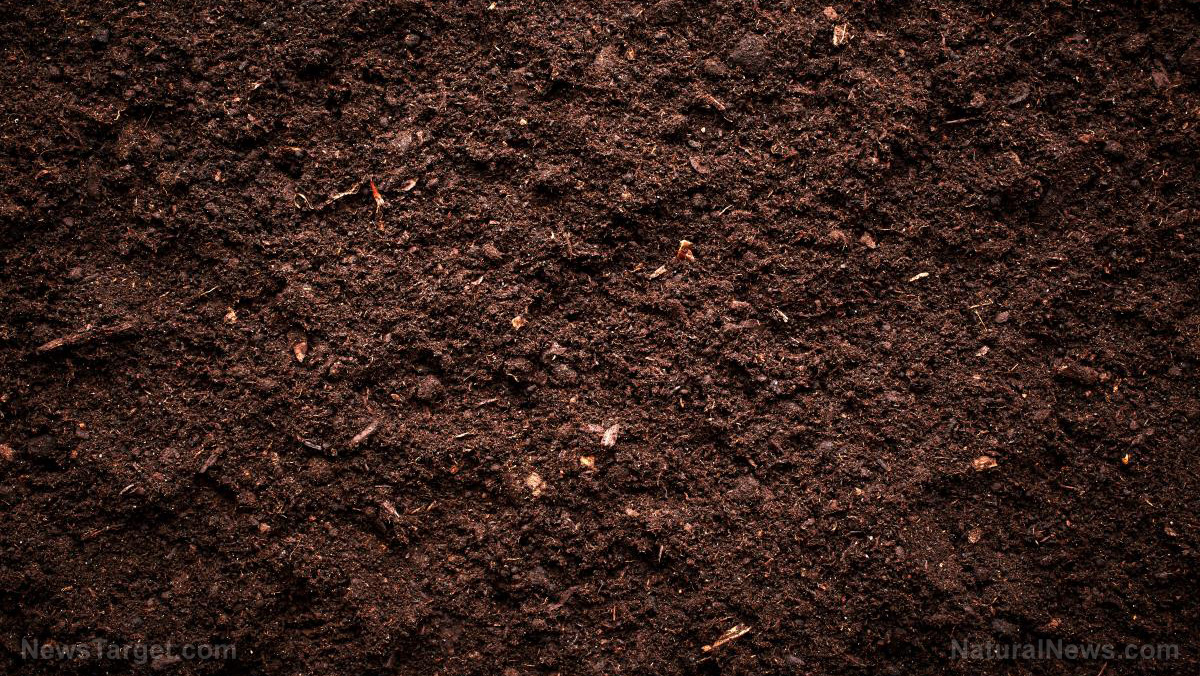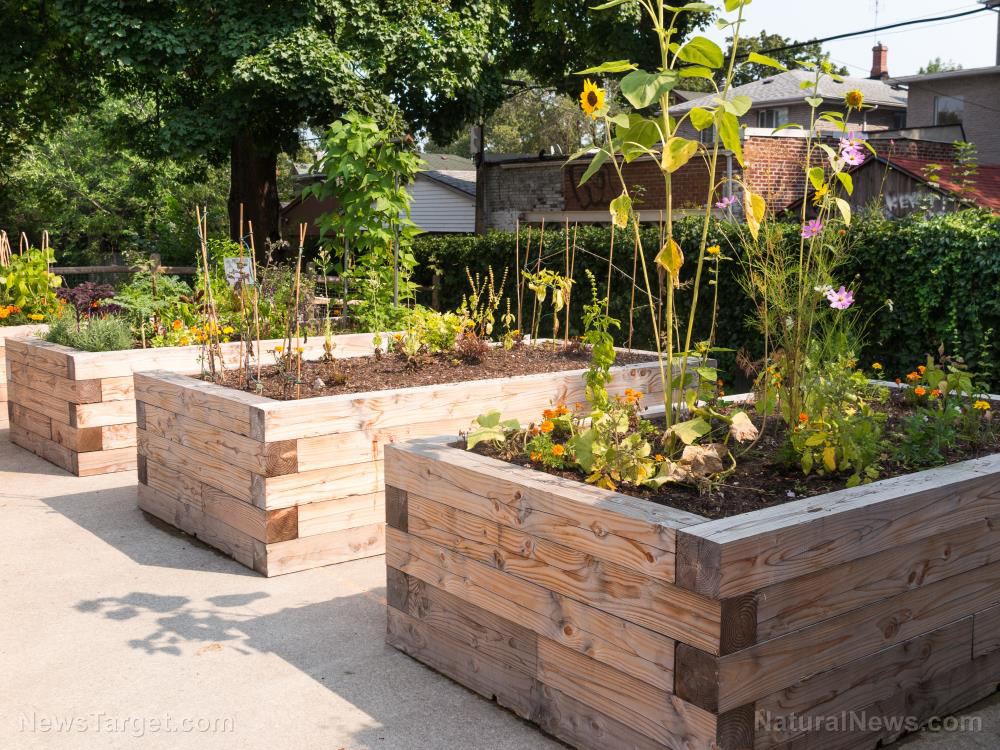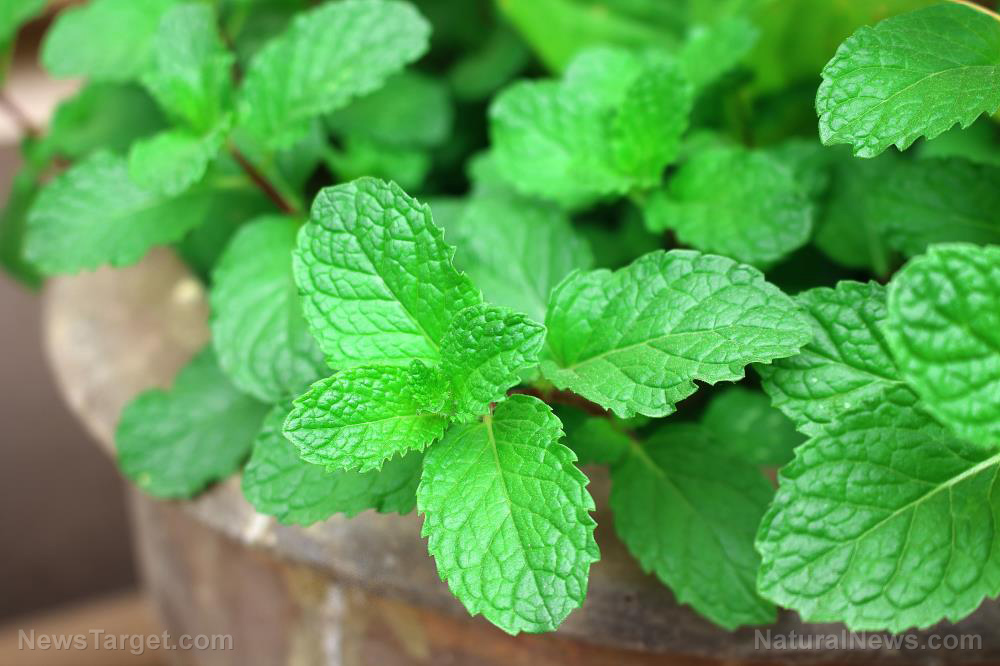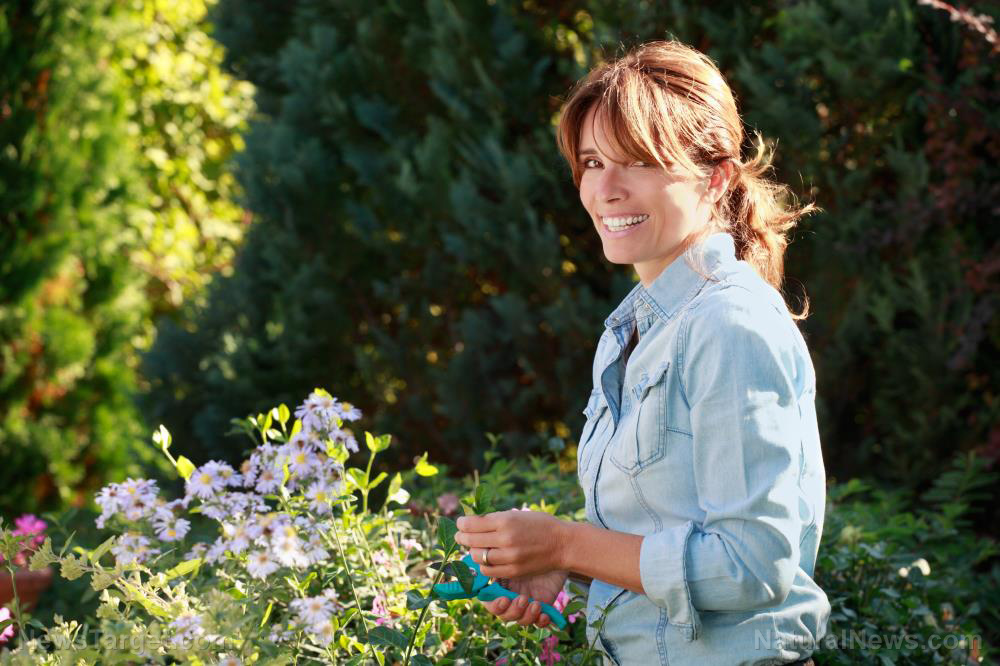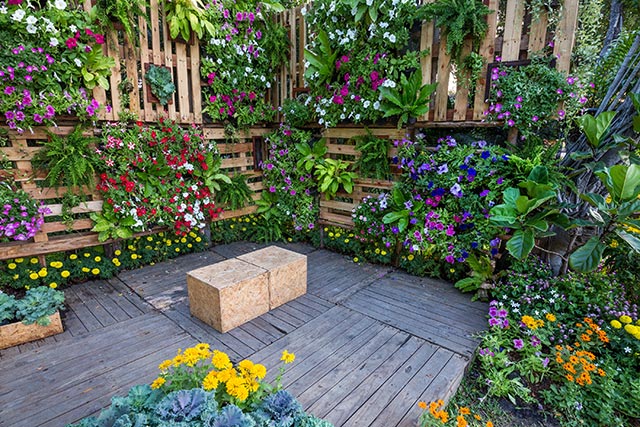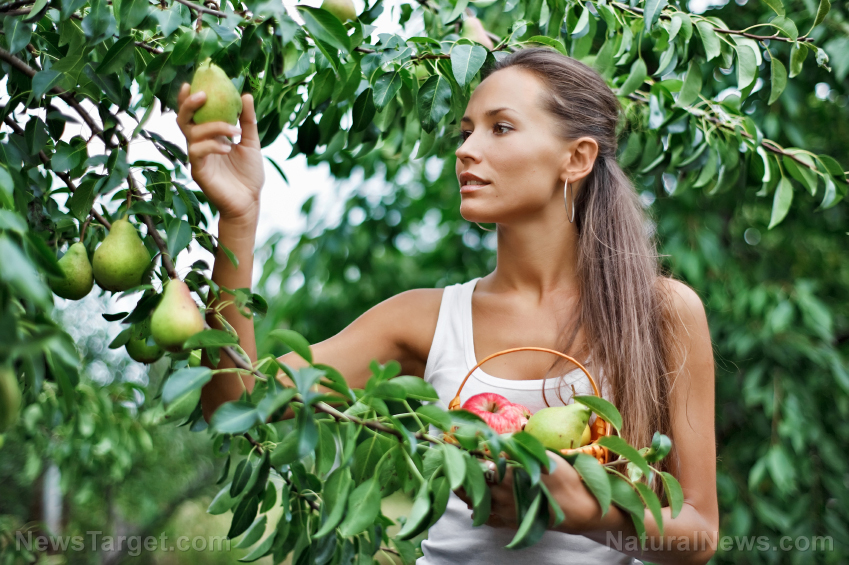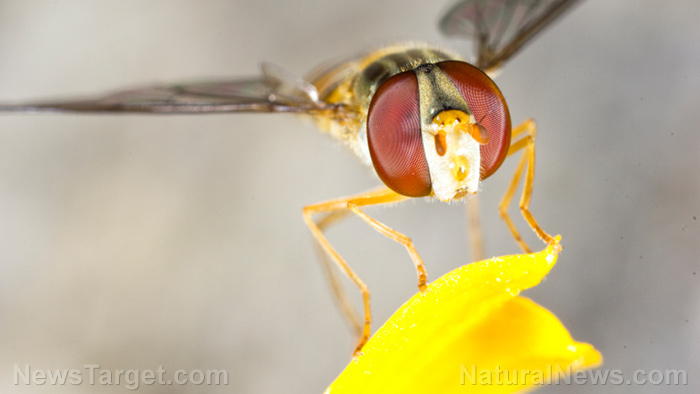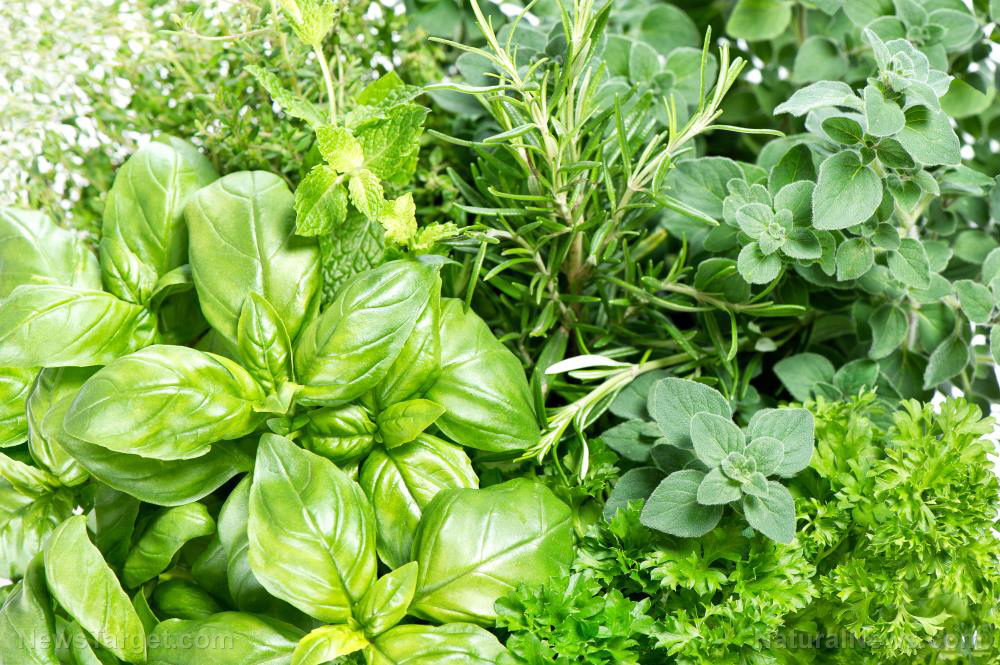Farming for conservation: Big Ag focuses on one crop while smaller farms integrate crops and livestock, which is healthier for the environment
01/18/2018 / By Isabelle Z.
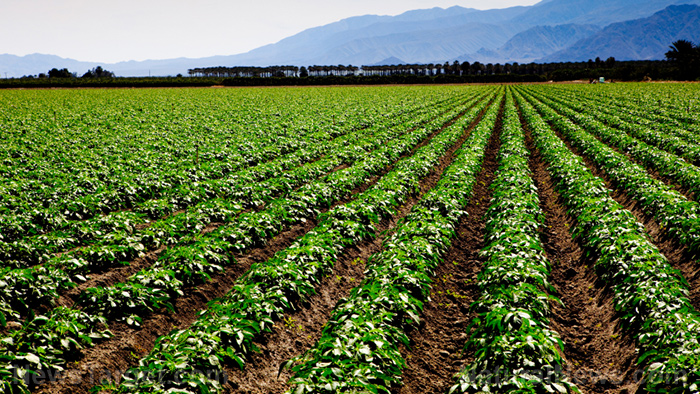
In any endeavor, there’s the easy way, and then there’s the right way, and when it comes to farming, there is a steep price to pay in the long run for choosing the path of least resistance.
Researchers from Iowa State University decided to carry out an economic analysis of various farming approaches to determine the financial feasibility of re-integrating crops and livestock in the farming systems found in the American Corn Belt.
After examining data on the farming yields and practices collected in a long-term experiment on cropping systems, they were able to calculate the yearly revenue and expenses of four different farming systems.
The first was a simple corn-soybean rotation, and they looked at with cattle as well as without it. They also studied a diversified corn-soybean-oat/alfalfa-alfalfa rotation with cattle and without it. Their analysis was carried out over a Central Iowa parcel measuring 405 hectares over the years from 2008 to 2015.
Their findings were not that surprising: Diversified crop rotations, both with cattle and without, are indeed profitable systems for farming in Iowa, but they need more investment and more work to pull off than the single crop system that is currently favored by Big Ag.
That’s not the only reason that crop diversification is preferable. Monoculture is the most common food production approach around the world despite the damage it causes to water, soil and biological diversity. Some claim that it produces better crop yields, but a 2016 study by researchers from the University of Zurich put that theory to rest. After comparing the yields of grassland plants in monocultures versus those in mixed plant communities over the course of a decade, they discovered that the diverse plantings consistently created higher yields than monocultures.
That’s because plant species that live in diverse communities are able to use water, light and nutrients from soil in a more efficient manner than monocultures.
There’s also the fact that monocultures are more vulnerable to the problems posed by parasites and pests thanks to the abundant food sources they provide to them. As such, monocultures typically use a lot more pesticides, putting public health at risk and harming the environment.
This is not the case with mixed plantings, where the different species present can serve as barriers against each other’s parasites and protect one another.
On top of that, the researchers in that study discovered that the plants quickly became adaptive to their mixed planting environments, spurring greater crop yields.
Monoculture putting global food supply at risk
In fact, some experts have warned that Big Ag’s preference for monoculture is posing a serious threat to the global food supply. According to a report by the agricultural research group CGIAR, uniformity in agriculture has historically shown to cause great vulnerability. The report cites the examples of the Irish potato famine and a fungus that destroyed 15 percent of the U.S.’s corn crops in the 1970s. Besides pests, there is also the problem of plant diseases and pollution that monoculture is so susceptible to.
Monocropping is unsustainable, and we could be facing some serious problems as a result of its widespread use. Placing all your eggs in one basket is never a good idea – and the stakes are especially high when it comes to feeding the world’s population. Follow more news on agriculture and the food supply at Harvest.news.
Sources include:
Tagged Under: agriculture, Big AG, crop diversity, farming, food production, food supply, harvest, monocropping, monoculture, small scale farming






